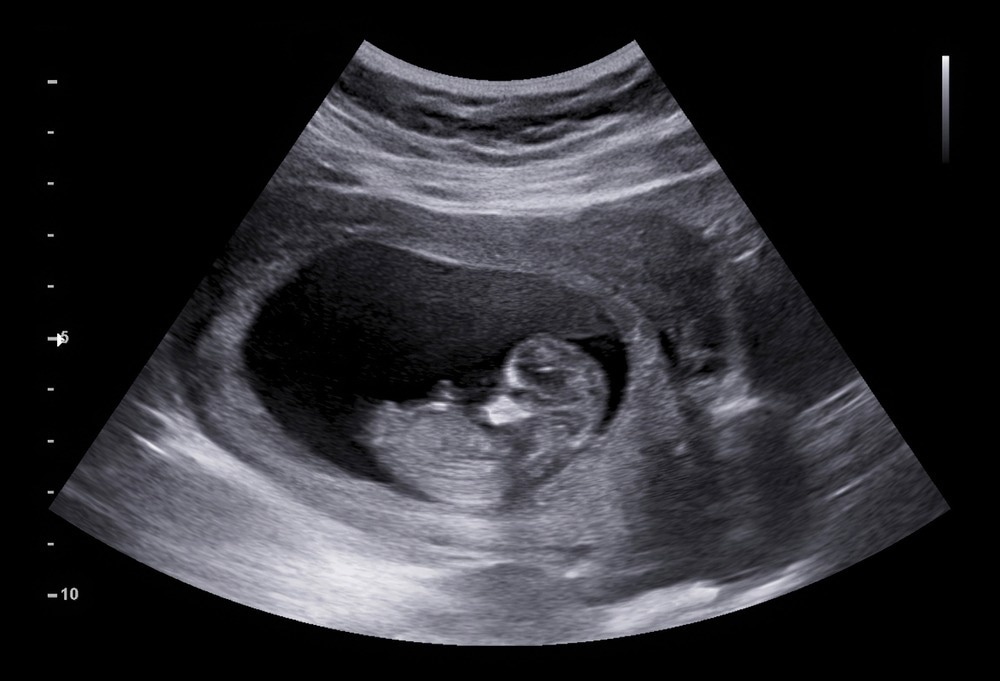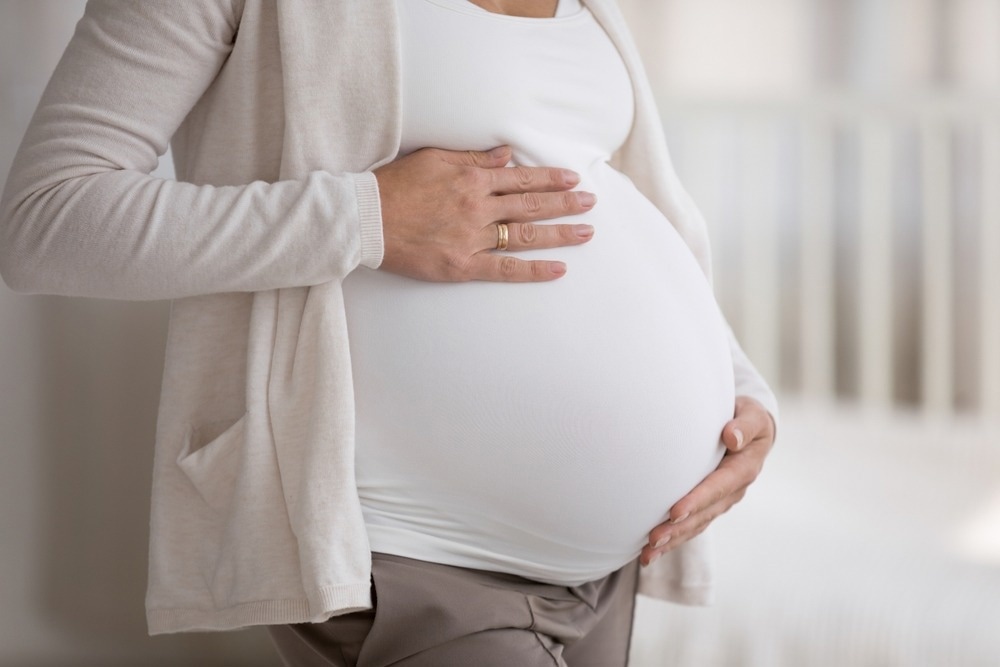The Biochemistry of a Fetus

Introduction
First Trimester
Second Trimester
Third Trimester
References
Transforming a single diploid cell into a living and breathing infant over approximately 280 days is a complex and distinctive process. A successful pregnancy relies on many biochemical processes occurring at precise timings to ensure that embryonic and fetal growth is sustained. This involves the supply of nutrients and energy stores and protecting the fetus throughout the pregnancy. This article discusses the general changes in the biochemistry of a fetus through its development.
The biochemistry of a fetus relies on significant changes occurring in maternal physiology to fulfill these tasks. Despite this, many enzymes are absent in maternal, fetal, and placental tissues, necessitating many complex interactions to produce many hormones, such as estriol. Estriol tests in pregnancy are widely used as a biomarker to screen for diseases, predict adverse fetal outcomes in high-risk pregnancies, and test the function of the placenta.
Another important hormone is progesterone; the maternal plasma levels increase as the pregnancy progresses. Progesterone has many important roles throughout the pregnancy, including sustaining the embryo's growth, improving the acceptance of the fetus, stimulating thermogenesis, and stimulating the respiratory center.
The fetus will undergo many changes throughout the pregnancy as its requirements change and it develops into a more complex being. The main aspect of this period is the adaptation of maternal metabolism to these changes.
Image Credit: AePatt Journey/Shutterstock.com
First Trimester
The first trimester is the period from conception to 12 weeks, and during this time, the fertilized egg will develop from a cluster of cells to a fetus that expresses features. In the 1st month, a face will form with a mouth, jaw, throat, and dark space for eyes. In the second month, arms and legs form tiny buds, and the neural tube develops more. Towards the end of the 1st trimester, the limbs are fully formed, and the fetus can move its mouth and open its fists. The circulatory and digestive are working; the fetus is 4 inches long and weighs 1 ounce.
Lab Diagnostics and Automation eBook

During this period, the maternal body must adapt to the changes in energy and nutrient requirements. Through various interactions of hormones, glycogen and adipose tissue accumulate, and cortisol levels rise, leading to insulin resistance. Beta-cell hyperplasia is stimulated, and insulin production is increased by the stimulation of prolactin and human chorionic somatomammotropin (HCS). HCS is a placental hormone that modifies the maternal metabolic state and ensures the energy supply for the fetus.
Second Trimester
During the second trimester, one of the many developments is that the facial features become more pronounced and refined. Their teeth, bones, reproductive organs, and genitalia are fully developed. The fetus will also begin to move, and hair grows on its head and back, called lanugo. Towards the end of this trimester, the fetus can respond to sounds and movements, open its eyes, change positions, and develop body fat reserves. The amniotic fluid will begin to diminish, and the fetus will be 14 inches and weigh between 2-4 pounds.
As the fetus grows, further plasma volume expansion is required to supply the fetus with adequate circulation. This establishes a steady supply of nutrients to the fetus, such as glucose, free fatty acids, and amino acids necessary for fetal growth. The circulation also ensured that toxic substances were removed from the fetoplacental unit.
The fetoplacental unit stimulates this necessary expansion of the plasma volume. During this stage of the pregnancy, maternal metabolism is defined by compromised glucose tolerance and high plasma glucose. The fetus depends on the glucose supply, and maternal insulin does not cross the placenta.
Image Credit: fizkes/Shutterstock.com
Third Trimester
In the final stage of the pregnancy, the fetus matures and develops body fat reserves. During this stage, the brain is rapidly developing, and most internal organs will have developed except the lungs, which will still be immature and will develop towards the end of the third trimester. The fetus will also have coordinated many reflexes, blinking, turning the head, and more. Towards the end of the third trimester, it will be 18-20 inches long and weigh about 7 pounds as it prepares for birth.
This stage requires a sharp increase in the supply of nutrients to the fetus as the fetal weight increases by 350% from weeks 28 to 40. The fetal brain is also largely developed at this stage and requires a constant and steady supply of glucose. Other substantial changes include the increase of body fat from less than one percent to approximately 12% during birth; alternatively, body water decreases. The majority of the total mineral content of the fetus is supplied during the third trimester as the fetal enzyme systems develop. The maternal blood flow systems to the skin and kidneys must remove heat and metabolic products and heat.
The biochemistry of the fetus is a complex process as the maternal body adjusts to the requirements of the fetus throughout the pregnancy and as these requirements change throughout the pregnancy. Providing nutrients and energy to this massive growth process requires enormous adaptations in maternal metabolism and changes in the biochemistry of the fetus.
References:
- Gillian Lockitch & P. R. Gamer Clinical Biochemistry of Pregnancy, Critical Reviews in Clinical Laboratory Sciences, 34:1, 67-139, DOI: 10.3109/10408369709038216
- Fetal development: Month-By-Month Stages of Pregnancy. (2020). Cleveland Clinic. https://my.clevelandclinic.org/health/articles/7247-fetal-development-stages-of-growth
Further Reading
- All Biochemistry Content
- What is Biochemistry?
- What is Bioorganic Chemistry?
- An Introduction to Enzyme Kinetics
- The Use of Biochemistry within Biotechnology
Last Updated: Jan 31, 2023

Written by
Storay Amiri
Storay attended the University College of London (UCL) to Study Master of Pharmacy and graduated in 2021 with First Class Honors. A four-year integrated master degree with a detailed focus on all parts of medication, from chemistry to body therapeutics, pharmacology, pharmaceutics, and more.
Source: Read Full Article

